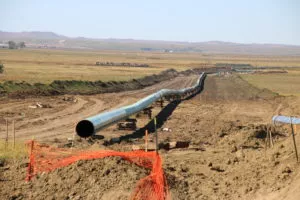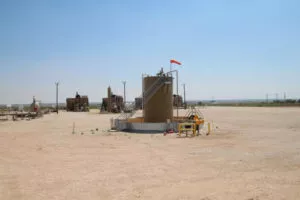Distribution pipelines are small lines that represent the final link in the chain of oil and gas development. They move petroleum and gas products from final transportation points along large transmission pipelines to homes, businesses, and industrial facilities.

Regulation of Distribution Pipelines
State utility commissions regulate distribution lines and the Local Distribution Companies (LDCs) that use them.
From 1996-2015, less than 25% of all pipeline incidents occurred on gas distribution lines—but nearly 80% of all fatalities and injuries from pipeline incidents did. PHMSA established federal safety rules for distribution lines in 2010, which require operators to regularly check for leaks and conduct maintenance as part of the agency’s Integrity Management programs.
Federal law requires gas in distribution lines (as well as transmission lines in more populated areas) to be odorized with methyl mercaptan, which is what you smell when there’s a gas leak. If released in large amounts, mercaptan can cause headaches, nausea, and respiratory problems.
For More Information
- LiveScience Thousands of Natural Gas Leaks Found in Boston



